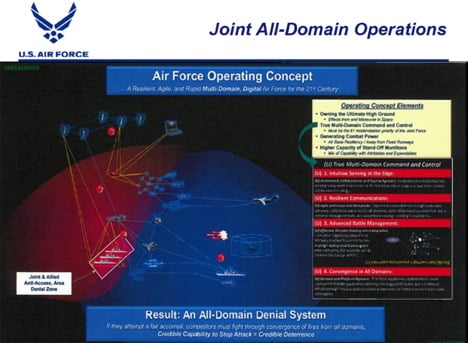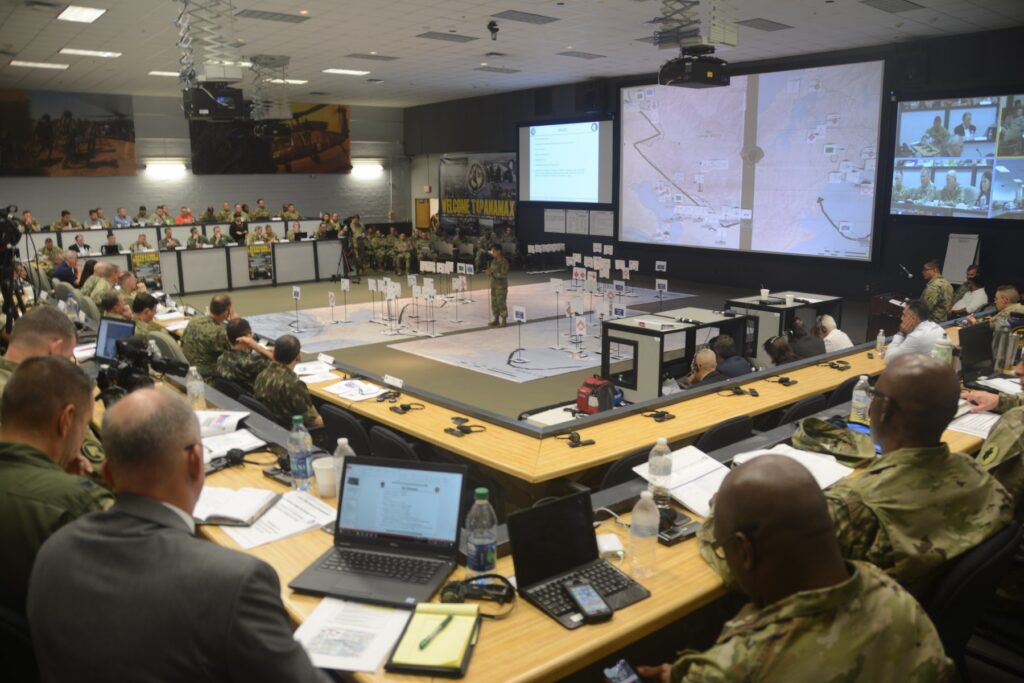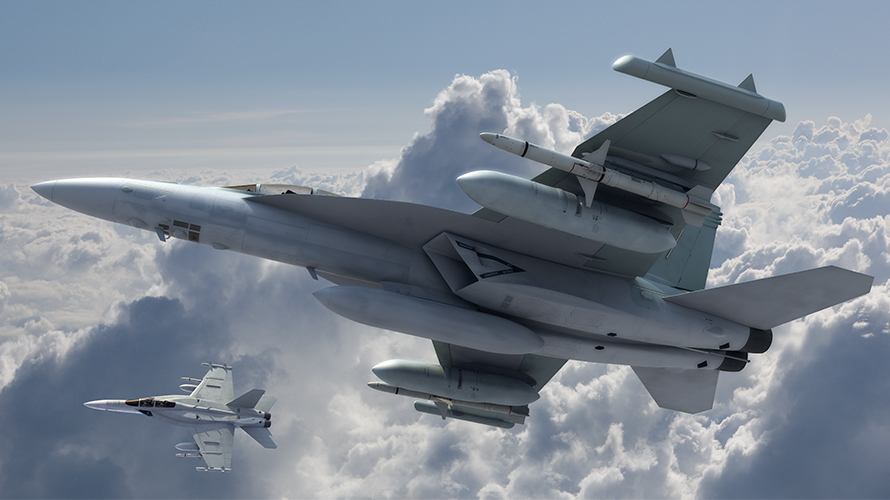LT GENERAL PRAKASH MENON
Without the DMA, it would have been a challenge for the Chief of Defence Staff to fulfil role. With it, the CDS can be the prime mover in Indian military.
The Cabinet Committee on Security headed by PM Narendra Modi formally approved the post of Chief of Defence Staff Tuesday, and in the process, carried out a long-pending and major defence reform by creating an additional Department of Military Affairs in the Ministry of Defence and the post of Permanent Chairman Chiefs of Staff Committee (PC-COSC).
While the intention of creating the post of Chief of Defence Staff (CDS) was announced by Prime Minister Narendra Modi during his Independence Day speech earlier this year, the creation of a separate department with the CDS as its head was a necessary step for functional effectiveness. It is indeed a feather in the cap of the Modi government because political and bureaucratic resistance had stymied these reforms despite the recommendations of the Group of Ministers (GOM) Report which followed the Kargil War.



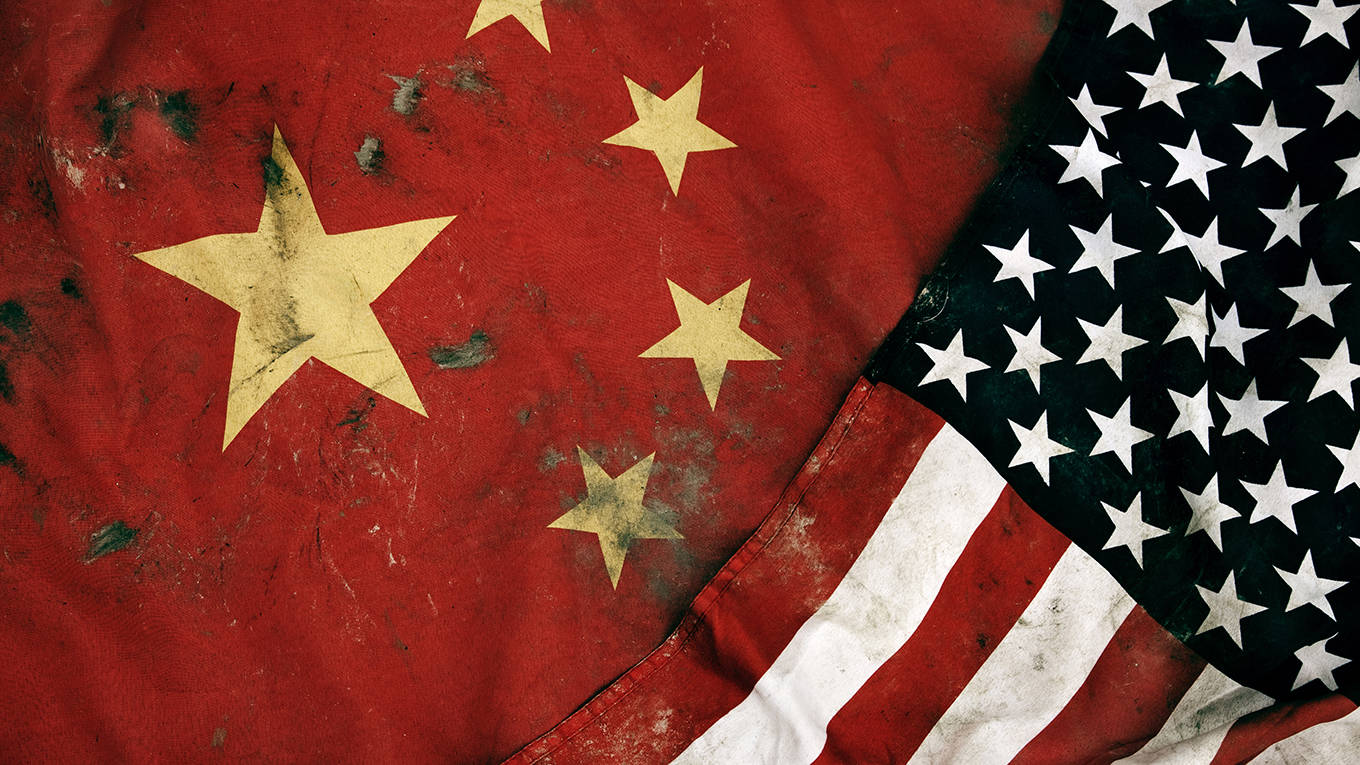
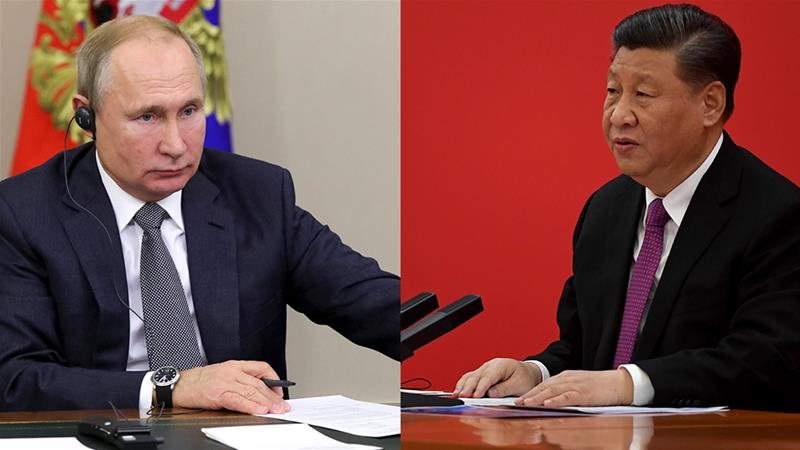

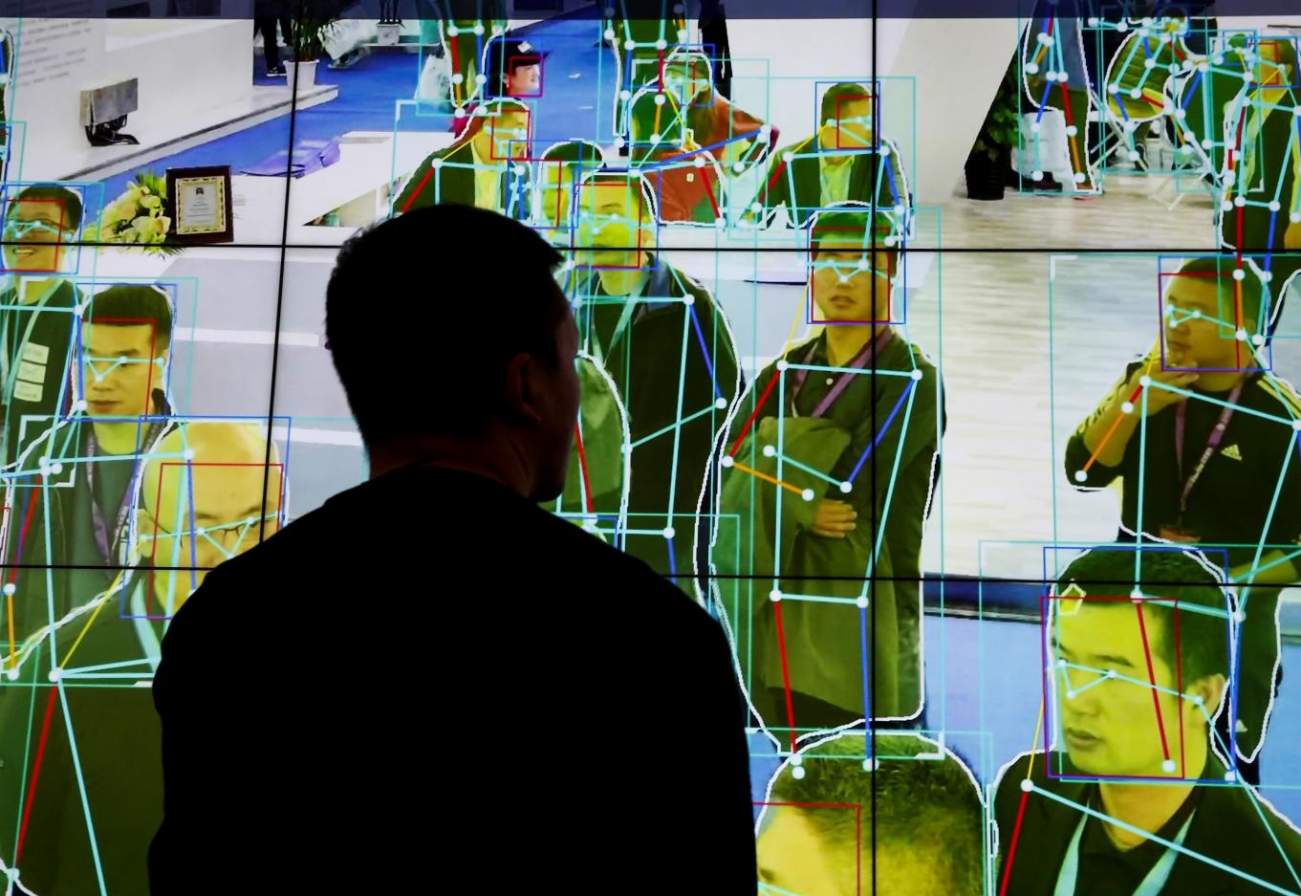
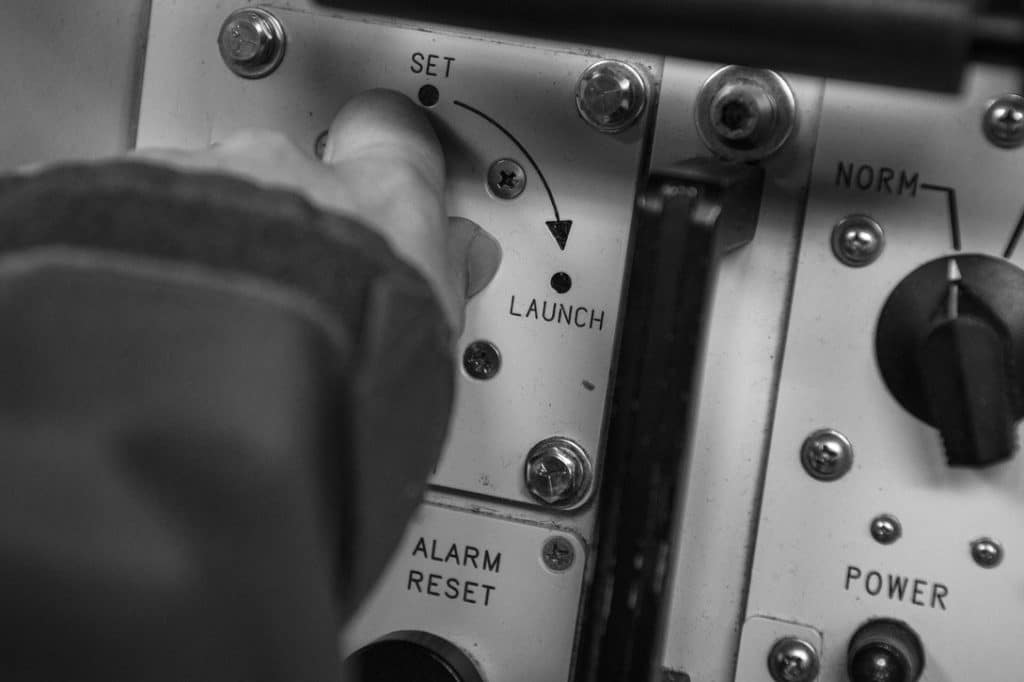
/23.571408140624957,-2.283263657658176,3/421x337.png?access_token=pk.eyJ1IjoiZGFsdG9ud2IiLCJhIjoiOWdSSXFQSSJ9.HZyjh4g3TAAOAncwelv9Vw)









